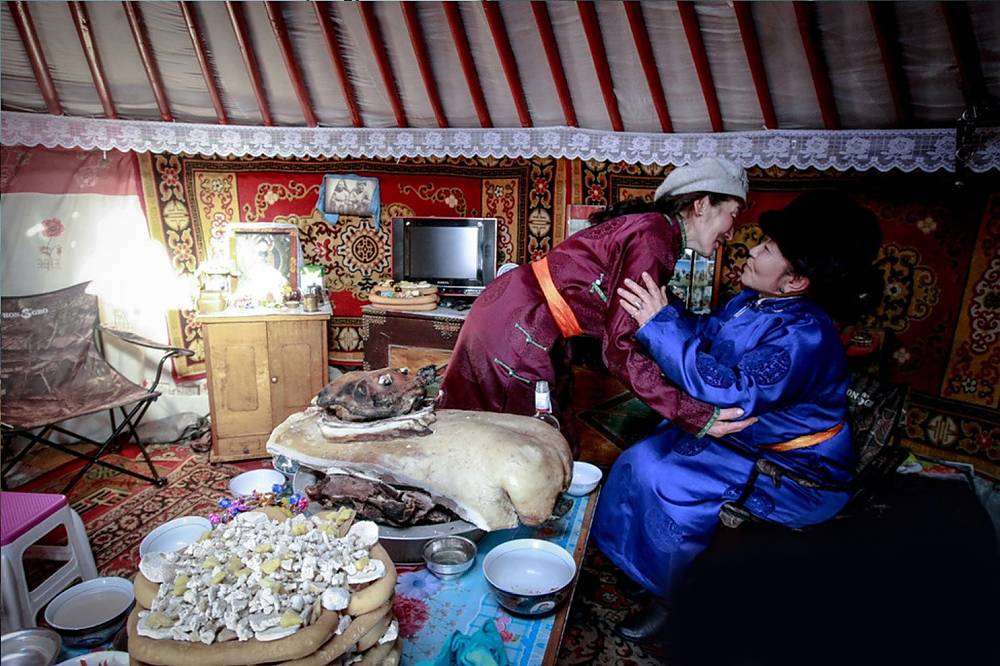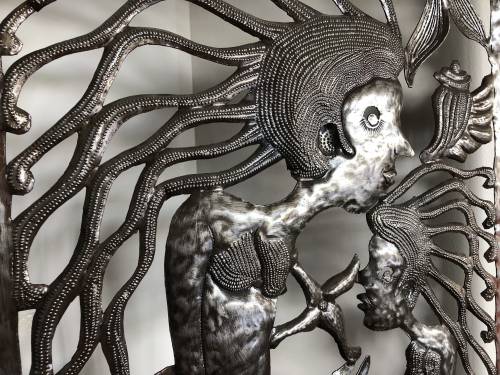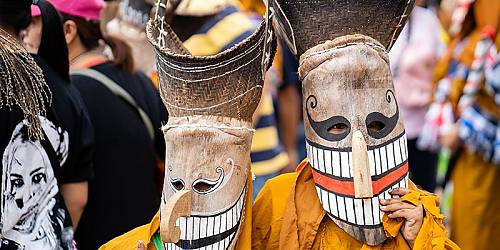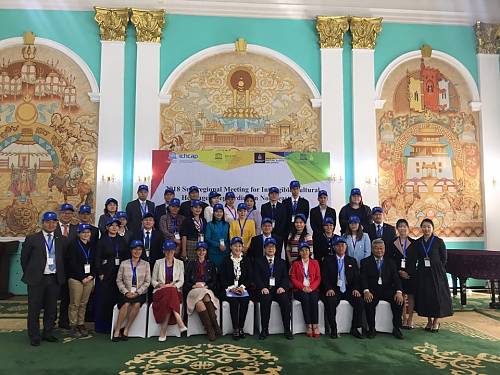The Nairamdal Camp in Ulaanbaatar is all set to host a five-day training workshop on developing safeguarding plans for intangible cultural heritage from 23-27 May 2016. This capacity-building workshop is the outcome of joint efforts by UNESCO Beijing Office, the Ministry of Education, Culture and Science of Mongolia, the Center of Cultural Heritage of Mongolia and the Mongolian National Commission for UNESCO.
The workshop is aimed at enhancing capacities of Mongolian stakeholders in elaborating safeguarding measures for intangible cultural heritage under the 2003 Convention for the Safeguarding of the Intangible Cultural Heritage. 33 participants will attend this workshop, comprising cultural officers from all 21 provinces of Mongolia, government officials and intangible heritage practitioners representing selected ICH elements.
Utilizing newly developed training modules on ICH safeguarding, two UNESCO-accredited facilitators will give theoretical sessions and present a step-by-step guide for developing safeguarding plans. Participants will subsequently be engaged in an entertaining role-play ion a fictional case study in which they will explore how communities play different roles as primary actors in the preparation and execution of safeguarding measures for their living heritage. The knowledge acquired will then be applied to three selected Mongolian ICH elements: the Tsagaan Sar (White Month) Festival, the custom of naming and giving ablution to a child and the Mongolian traditional craftsmanship of bow and arrow.
This workshop is the last in a series of four, organized thanks to the generous financial contribution of the Government of Japan to implement a project in the Asia-Pacific region. Mongolia has benefited since 2012 through a cycle of capacity-building activities including implementation, community-based inventorying and elaboration of nomination files for the effective implementation of the 2003 Convention.
Proyecto:
-
Strengthening national capacities for effective safeguarding of intangible cultural heritage in Asia and the Pacific (1 de abril de 2015 – 31 de octubre de 2017)




